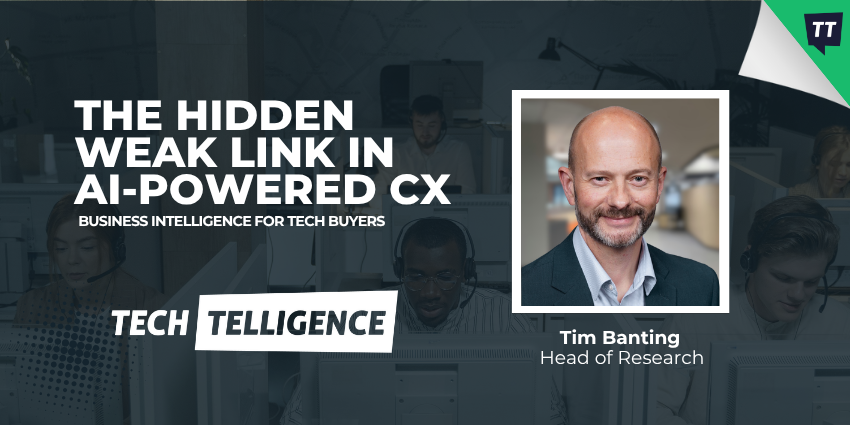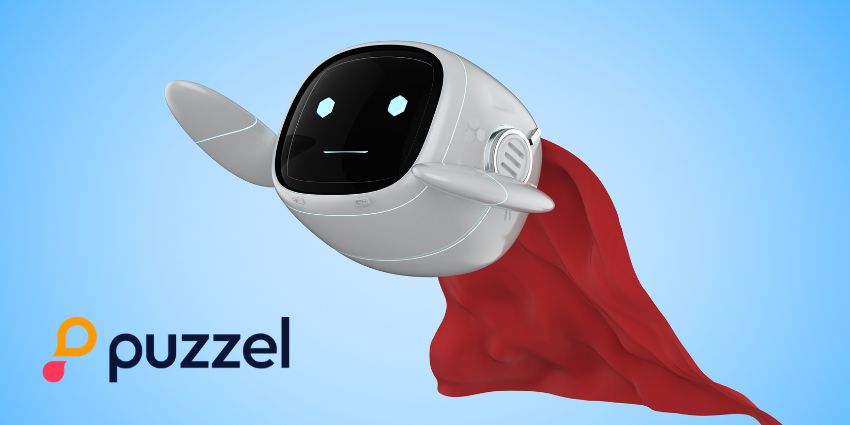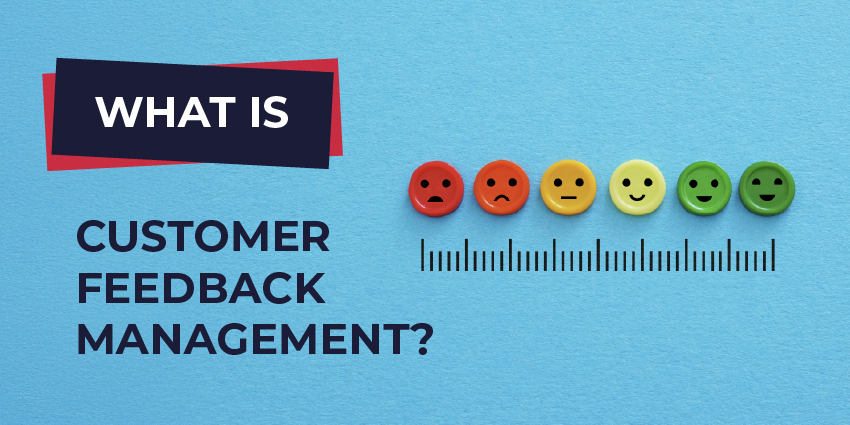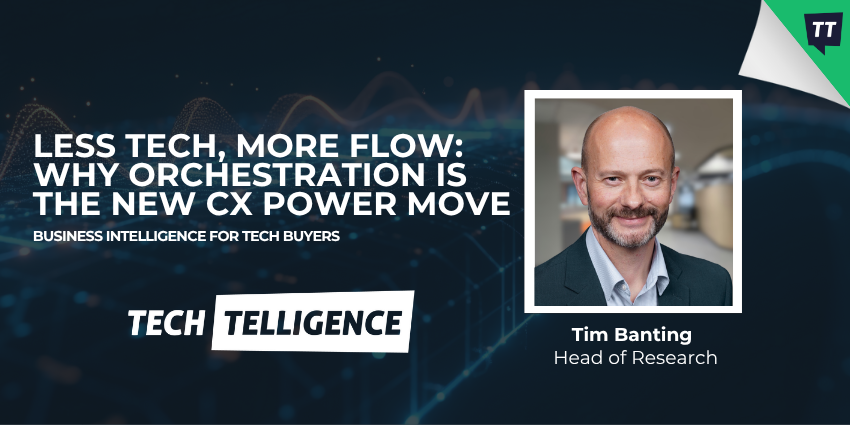For years, AI in customer experience was hailed as the great disruptor. But many enterprises now find that it is exposing inefficiencies – and even magnifying them.
“CX isn’t viewed as a single application anymore. It’s just a systems integration problem,” says Tim Banting, Head of Research at Techtelligence.
Modern CX enterprises juggle dozens of disconnected systems – CRM, HR, marketing, data lakes – all tracking partial versions of the customer.
Even something as simple as moving contacts from one phone to another can be painful, Banting notes. Multiply that complexity across global systems, and it’s easy to see where things start to break.
AI Doesn’t Fix Bad Data – It Exposes It
The belief that AI can “make sense” of messy data is widespread – and wrong.
“A lot of people think all I need to do is turn it on, point it to a whole load of PDFs, and AI will make sense of it,” Banting explains. “But it takes a lot of data hygiene, a lot of taxonomy, a lot of clearing up.”
Rather than clarifying customer insights, AI often compounds the confusion. “It’s got so many sources that it just shows you everything and doesn’t know how to react,” he says.
Without a unified data layer, AI in customer experience will churn out inconsistent results and unreliable recommendations.
The outcome: stalled AI initiatives and frustrated leadership teams waiting for their data foundations to catch up.
The New Battleground: Data Integrity
Techtelligence forecasts that by 2027, businesses that unify CX and communications data could reduce service costs by up to 25% and improve retention by 10–15%.
The shift is already visible. Banting observes that “the most read articles on CX Today recently have been about integration, like the Agentforce rollout, rather than new features.”
Buyers, he says, are now prioritizing orchestration and connected workflows over flashy tools. Clean, unified data is fast becoming the new competitive weapon.
The Pressure to Unify Is Mounting
Data unification can no longer be an afterthought. Regulatory, financial, and operational pressures are accelerating the need for action:
- Regulation: New frameworks such as the EU AI Act demand clear data lineage and consent management.
- Economics: With static IT budgets, “buyers want fewer vendors and not more middleware.”
- Fatigue: “People are done stitching together best-of-breed tools that don’t talk to each other.”
Delaying data integration now risks slowing growth, introducing compliance hurdles, and increasing technical debt, Banting highlights.
Four Lenses to Evaluate CX and AI Vendors
Banting warns against chasing the next “shiny object” to fix data chaos. Instead, he suggests evaluating vendors through four practical lenses:
- Data Architecture: Does it build a single, unified customer profile?
- Explainability: Can AI “show its workings out”?
- Openness: Does it support open standards like MCP for integrating multiple AI agents?
- Governance: Is the solution “audit proof” with full data lineage and compliance tracking?
“You need AI to explain how it’s reached a decision,” Banting adds. “I was always told to show my workings out in maths class – AI needs to do the same.”
Matching Tools to Strategy, Not Hype
Techtelligence’s “strategic clusters” framework offers a smarter way to align CX investments.
“If the best car is a Ferrari, that’s great for racing, but not for your groceries,” Banting quips. “The same applies to CX solutions. You match the tool to the task.”
He advises buyers to focus less on technical specs and more on long-term alignment – how well a vendor fits enterprise data strategy, IT architecture, and financial goals.
The right match can transform data from a bottleneck into a springboard, reigniting stalled AI projects and restoring the promise of intelligent customer experience.
Stay Ahead in Enterprise Technology
To find Tim Banting’s full advice for tech buyers, read his latest post on Techtelligence.com.
If you’re an enterprise technology buyer or involved in procurement decisions for your business, follow Techtelligence on LinkedIn for weekly insights, analysis, and expert advice to help you make smarter technology choices.
You can also join its growing LinkedIn Community Group to discuss trends, share experiences, and connect with like-minded business professionals driving digital transformation in their industries.







